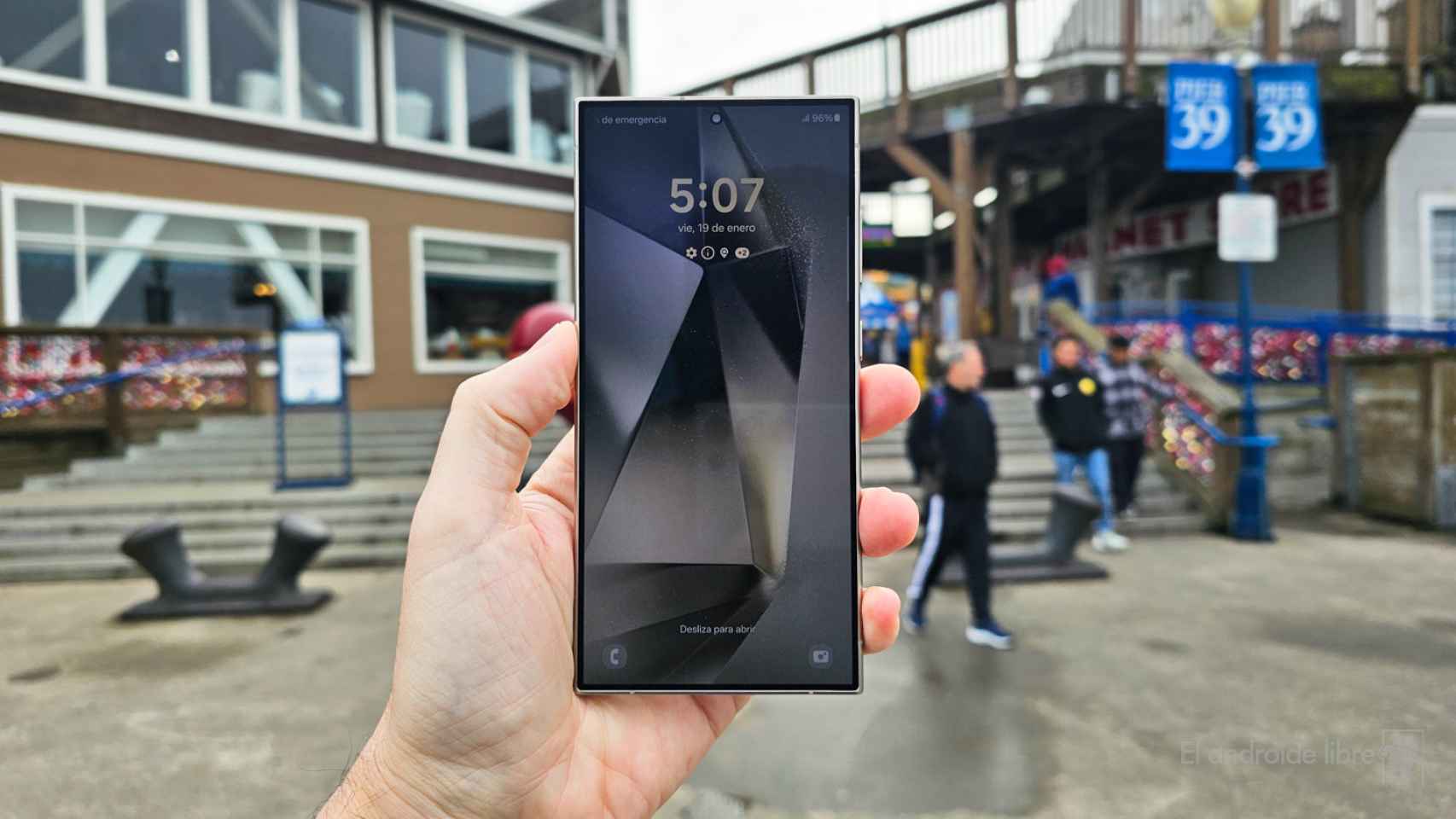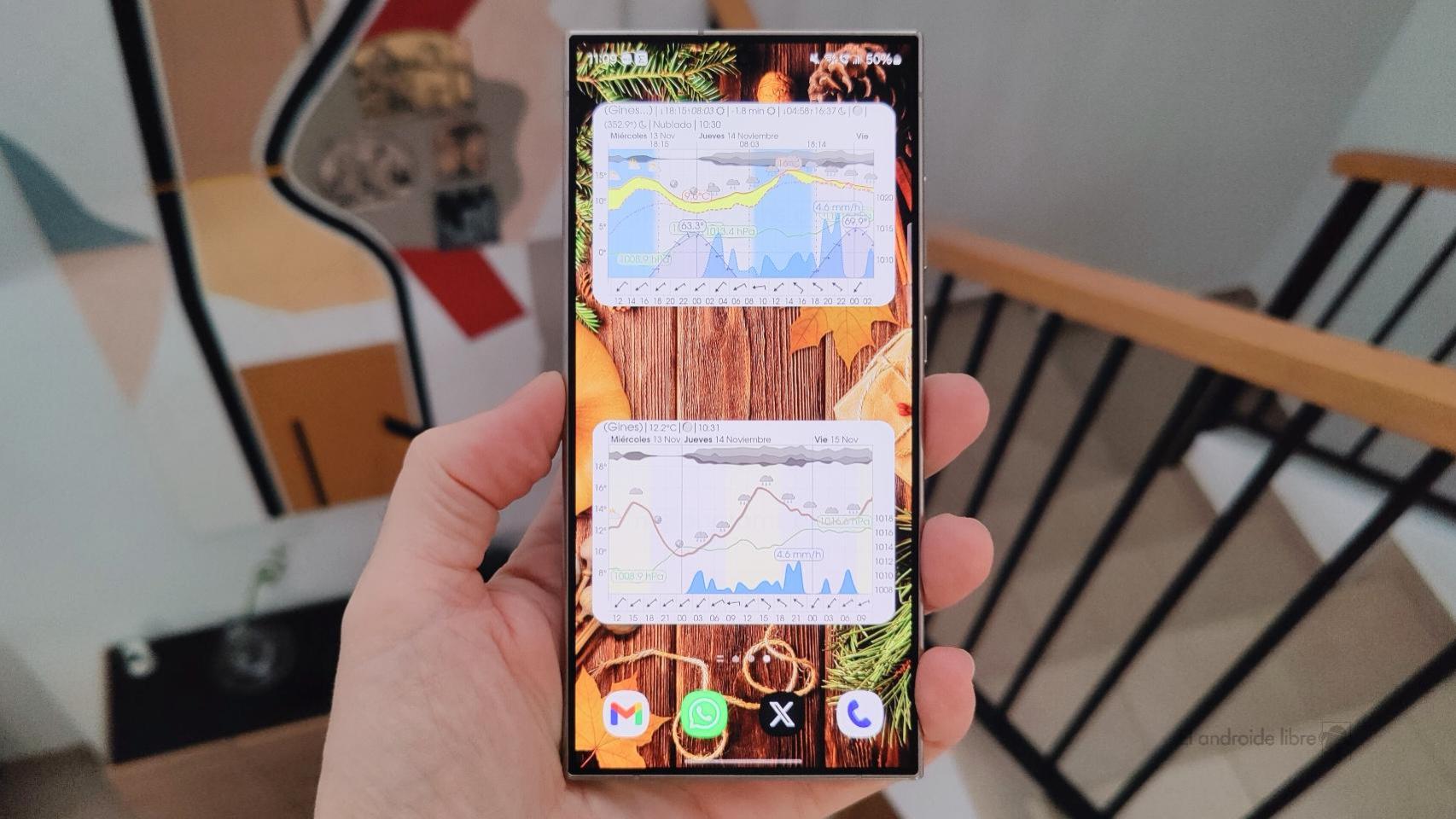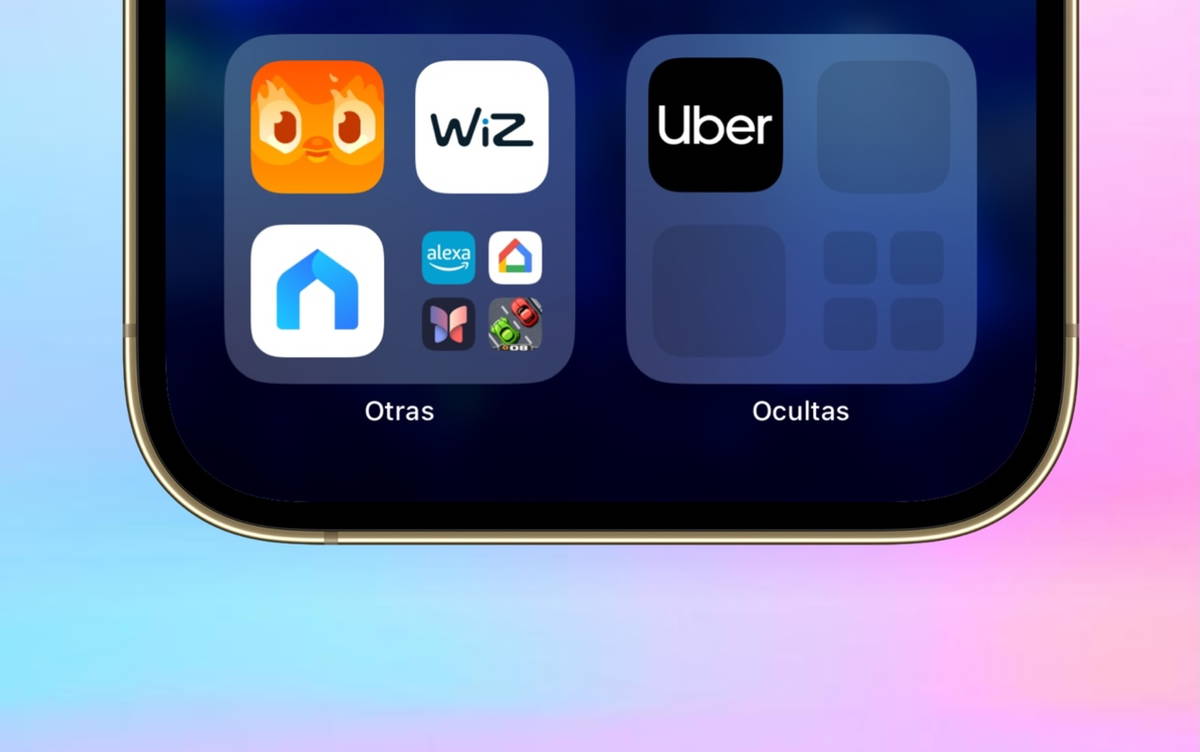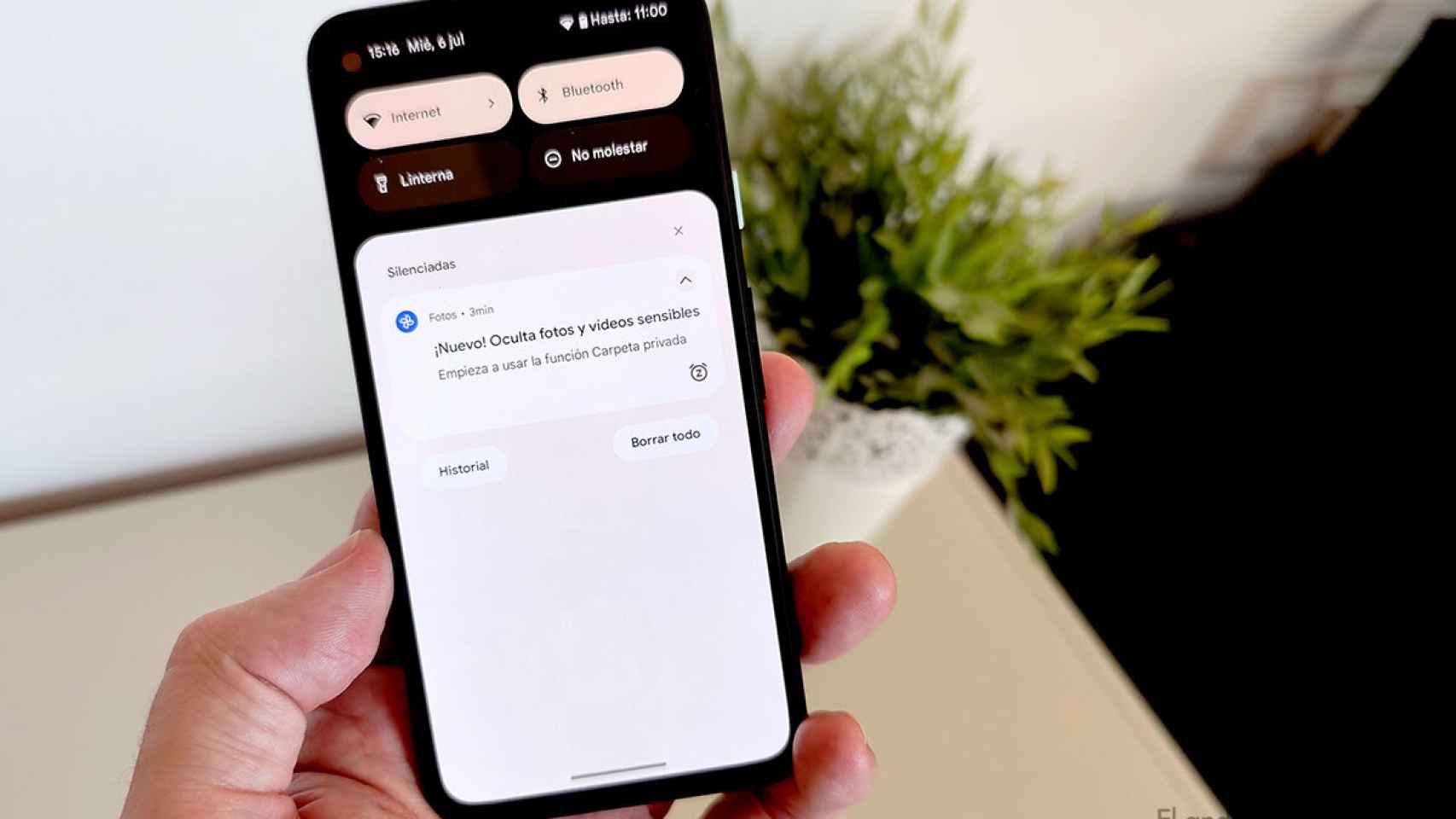It’s funny how mobile security has been divided into two camps. On the one hand, the vast majority of Android phones have a fingerprint reader to unlock the system easily and securely; On the other hand, Apple has been banking on FaceID, the evolution of facial recognition, since 2017, with the iPhone X.
Although many manufacturers also let you use facial recognition to unlock your phone just by looking at it, none can compare to the iPhone in terms of security and speed, and in most cases, It is more advisable to use the fingerprint reader. Indeed, iPhones do not only rely on the front camera to identify us, but use a series of sensors, including infrared, to obtain a more complete recording of the face, and therefore more difficult to deceive.
The problem with the Apple method is that all these sensors take up space, and therefore iPhones had the “notch,” or notch, on the screen as the androids made the jump towards the holes in the screen. Apple has tried to reduce the space taken up by sensors with something called “Dynamic Island,” but it remains an imperfect solution.
What if we could enjoy the benefits of Android’s hole in the screen, with the security of iPhone? That’s exactly what it will be ID Polar, the new technology that Samsung is developing; According to several “leaks” on social networks, PolarID is already in the “pre-marketing” phase, so its development is almost complete and could arrive with the next Galaxy S25 Ultra or more likely, with the future Galaxy S26 Ultra.
PolarID is a polarized facial recognition technology that, unlike FaceID, does not require additional sensors to achieve maximum accuracy in user identification. SO, you just need the same hole in the screen
Samsung ISOCELL Vizion 931 sensor
Free Android
What is striking is that PolarID would not only be able to offer fast and accurate facial identification; It would even be more secure than FaceID, according to the leak. Although technical details are scarce, everything indicates that PolarID works with the new ISOCELL Vizion 931 sensor, introduced last December and specially designed to capture rapid movements.
Originally, this sensor was announced for augmented reality devices, as it is capable of capturing scenes at once, like the human eye, without making a “pass” like traditional sensors. This way you can capture sharp, distortion-free images, but with a low resolution of 640 x 640 pixels. However, this is enough for features like iris recognition, eye tracking, and facial gesture detection. So it wouldn’t be unreasonable to say that it can record faces more accurately than a regular camera.
This precise capture would be analyzed using Artificial Intelligence, thanks to the “power of the Snapdragon processor” depending on filtration. Therefore, it will likely use the NPU (neural processing unit) to scan the face locally on the phone and quickly identify the user and unlock the phone.
At the moment, Samsung has not made this technology public, which means that it is very likely that it will not be used in the next generation of Galaxy S mobile phones, and we will have to wait for the next one.









